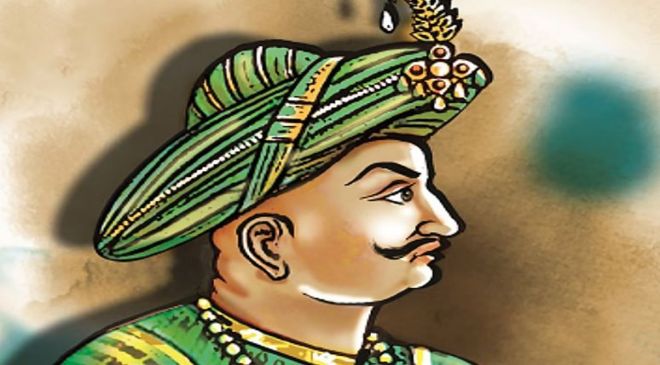The 14-bore gun, designed for shooting games, was made in India by Asad Khan Muhammed for the ruler between 1793 and 1794.
London: An 18th-century gun made for Mysuru ruler Tipu Sultan and valued at 2 million pounds has had its export barred to allow time for a buyer to come forward to keep it in the UK for public study and education.
Read More:-Belarus President Poisoned? Lukashenko Rushed to Hospital, in Critical Condition After Meeting Putin
The 14-bore gun, designed for shooting games, was made in India by Asad Khan Muhammed for the ruler between 1793 and 1794.
The 138 cm-long firearm is made of hardwood stock with silver mounts, steel barrel chiselled and inlaid with gold and silver.
Arts and Heritage Minister Lord Parkinson of Whitley Bay placed an export bar on Tipu Sultan’s Flintlock sporting gun in the hope that it can be put on public display in the UK.
“This visually striking firearm is a significant antiquity in its own right, as well as an illustration of the important, interconnected history between Britain and India,” Parkinson said.
“I hope that it can be shared with the widest possible public and used to deepen our understanding of a fraught period which shaped both our nations.”
Read More: UK Bans Foreign Students Including Indians to Bring Family Dependants
The minister’s decision came after the independent advice of the Reviewing Committee on the Export of Works of Art and Objects of Cultural Interest, according to a release by the UK’s Department of Culture, Media and Sport.
Known as the Tiger of Mysore, Tipu Sultan was a defiant opponent of the British East India Company and its allies during the Anglo-Mysore wars. He was killed on May 4, 1799 while defending his stronghold of Seringapatam (Srirangapatna).
Read More: Bill Introduced In USA To Declare Diwali A Federal Holiday
Following his death, his distinctive personal weapons were given to leading military figures. This firearm was presented to General Earl Cornwallis, who had previously fought Tipu between 1790 and 1792.
The expert committee found the gun to be of aesthetic importance as well as significant to the study of Tipu Sultan and his court, to Lord Cornwallis, to British history, and to the conclusion of the third Anglo-Mysorean war.
Its assessment was based on the ‘Waverley Criteria’, established in 1952 to decide on works of art and cultural objects which deserve efforts to keep them in the country.
Read More:-Imran Khan Fears He May Be Arrested Again On Tuesday, Says ‘There Are 80% Chances’
According to the expert committee member Christopher Rowell, the gun is “extremely beautiful”, and its technically advanced mechanism allows two shots to be fired from the single barrel without reloading.
“Given its aesthetic significance, its impeccable provenance, its scope for further research and its relevance to both British and Indian history, I hope that this superb fowling piece made for the unfortunate ruler of Mysore, Tipu Sultan, will be acquired by a British Institution where it can be appreciated by all,” Rowell said.
Read More: Rs 2000 Note Fake Or Original? Before Depositing In Bank, Identify With These Steps
The decision on the export licence application for the gun will be deferred for a period ending on September 25, 2023 (inclusive), the Department for Culture, Media and Sport said.
At the end of the first deferral period, owners will have a consideration period of 15 business days to consider any offer(s) to purchase the gun at the recommended price of two million pounds.
The second deferral period will commence following the signing of an Option Agreement and will last for four months.





































